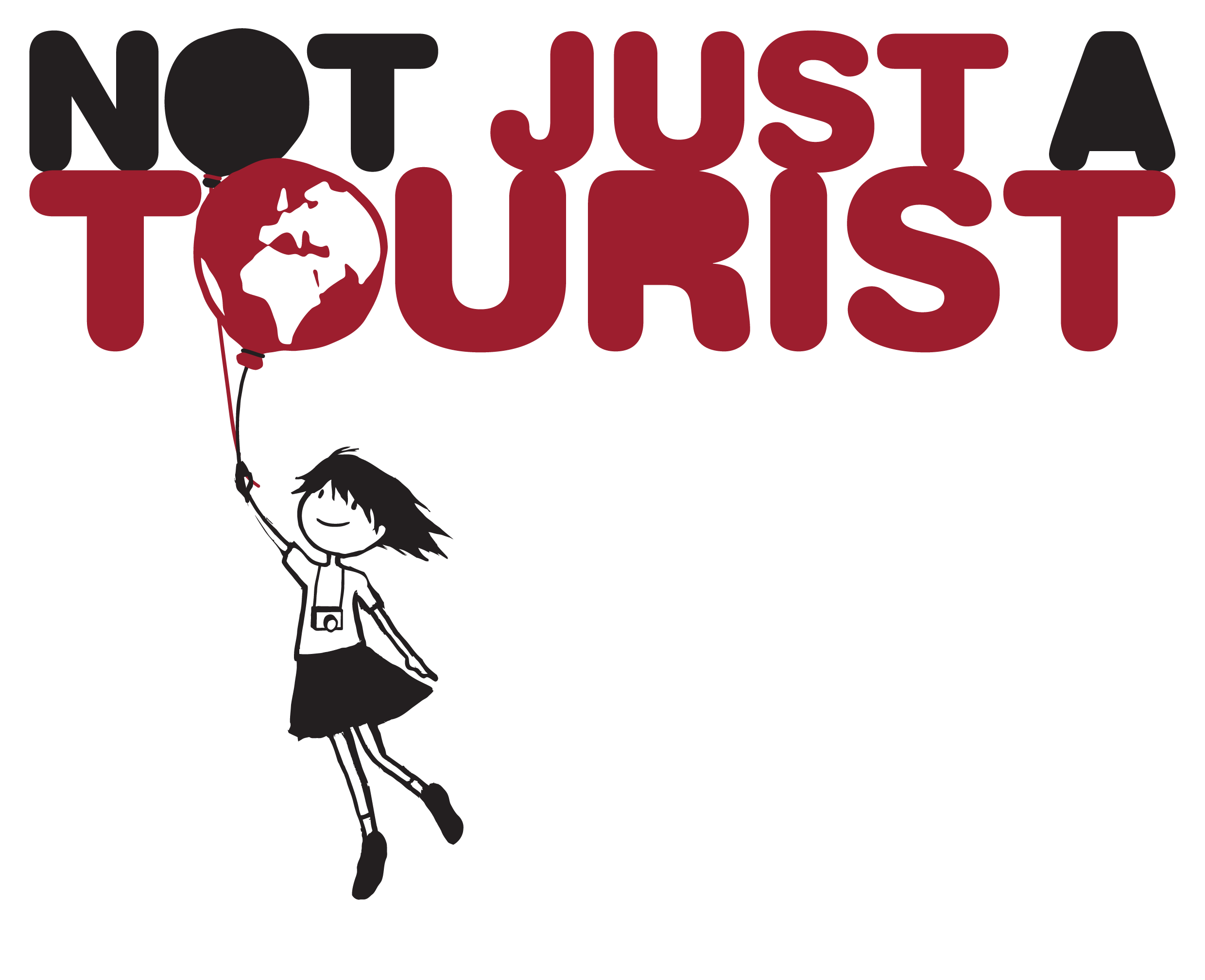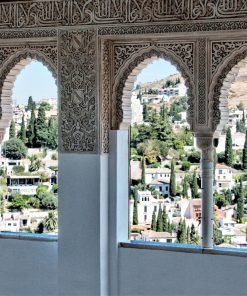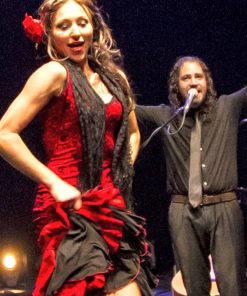If there’s one year which is of the most significance to Seville, it’s 1929. This is the year of the Ibero-American exhibition; an event which the city prepared for for two decades. A whole new area of the city was created, giving birth to many of the best things to see/do in Seville, and the old town given a face lift to bring it back to life from the crumbling Medieval town that it was. But what exactly was the Ibero-American exhibition, and why is it still relevant today?
What was it?
Simply put, the exhibition was an event bringing together all the American countries with Morocco Spain and Portugal to demonstrate togetherness and attempt to build business ties.
What are the Best Things to See/Do in Seville?
The city underwent extensive remodelling for the exhibition with many avenues being widened, many new plazas created, countless new buildings erected, and even more beautified in a style created by chief architect Anibál González. Here are some of the best things to see/do in Seville that were either built or remodelled for the Ibero-American Exhibition.
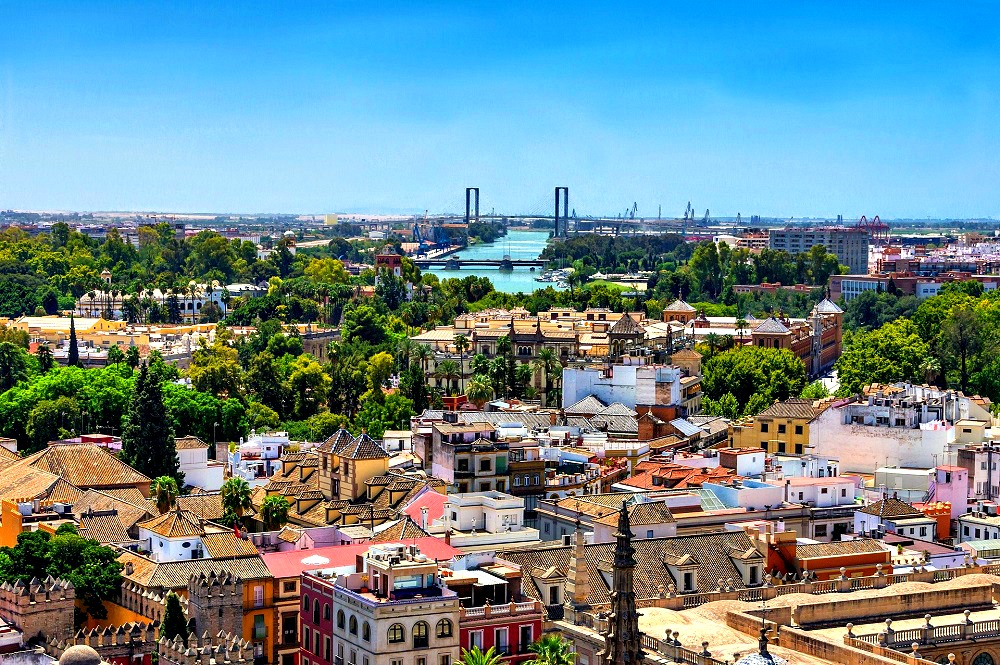
7 – The Streets
The powers that be were expecting hordes upon hordes of people to attend, and as such embarked upon widening many of the major thoroughfares of the city to accommodate so many people. As it happened, the great depression prevented many people from attending and the event wasn’t the success it was hoped it would be. However, the widened avenues have found use today accommodating the many tourists who visit this beautiful city every year. The most notable example of these thoroughfares is Avenida de la Constitucion. This street earns the accolade as one of the best things to see/do in Seville, not just because of its beauty and charm with a quaint tram system working down the middle of the ceramic-adorned street, but because it passes by the cathedral and Archive of the Indies. This is a street most people visiting the city will become very familiar with.
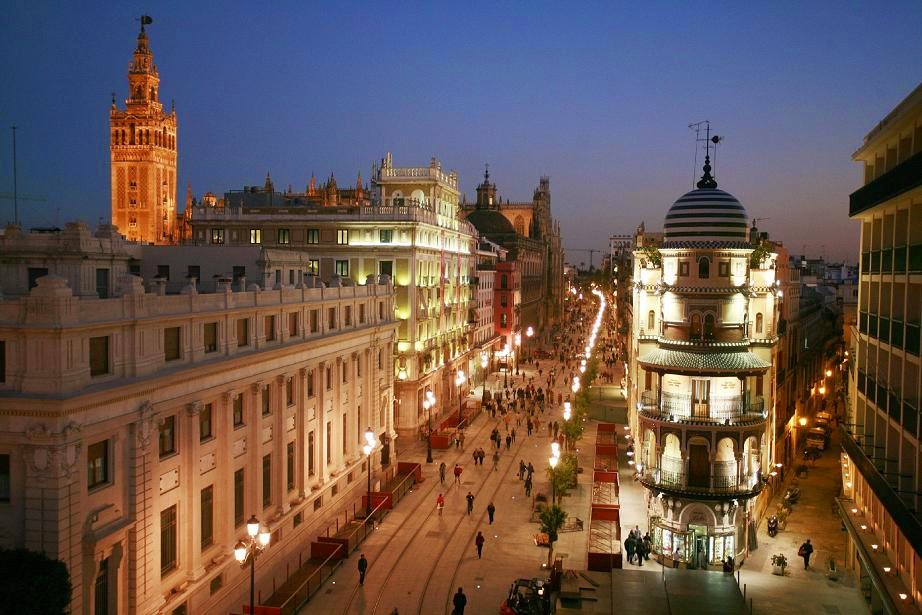
6 – The River
Sevilla is built on the plains. This means that it is at risk of flooding. Indeed, for centuries it did suffer from severe flooding. To negate this risk for the exhibition, the city officials decided to block of the main course of the river upstream and build a lock downstream, turning the main branch into a canal and forever ending flooding in the city centre. Today, both sides of the river have tranquil promenades built on the embankments. A walk alongside the river is without doubt one of the best things to see/do in Seville. Further to this, if you’d like to get out onto the water then there is no better way than joining our kayak tour!
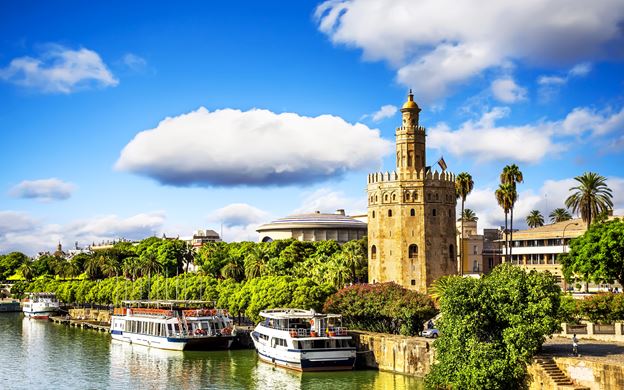
5 – The Pavilions
Every country attending the exhibition had a pavilion to show of their country and try to attract trade to it. Naturally, all these countries attempted to have the most impressive pavilions to showcase what their respective countries could offer. Some of the most notable ones include the Peruvian, Portuguese, and Mexican Pavilions. These have become a science museum, a consulate, and a university building respectively. What makes this remarkable, is that, unlike many olympic parks or the nearby ’92 World’s Fair site, the area for the ’29 exhibition has not become a ghost town, but in fact a booming area of tourism, politics, and education. Every pavilion from the exhibition has found a new life as something or other, ensuring that the legacy of the exhibition is not tarnished by dereliction. An afternoon walking around enjoying the grandiose designs of these buildings has to be one of the best things to see/do in Seville.

4 – The Hotel
Of course, with so many important people expected to attend, a hotel worthy of hosting them needed to be built. Named after the king at the time, Hotel Alfonso XIII was built right next to the university building on the edge of the historic city centre. The 151 rooms of this glamorous hotel were built to be, not just the most desirable in the city, but in all of Spain. Although a stay here may be beyond the means of many, marvelling at its architecture is one of the best things to see/do in Seville.
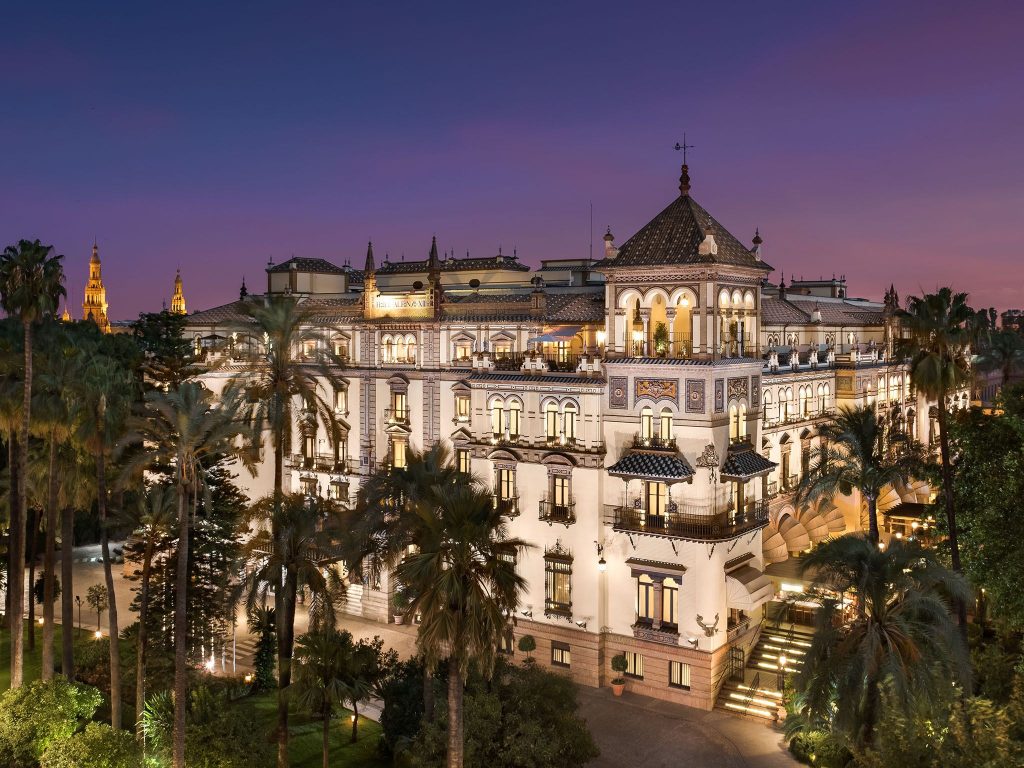
3 – Parque Maria Luisa
Behind the hotel sits Palacio San Telmo, an old naval college which became Queen’s Sister’s palace. When the Queen’s sister died, she donated the palace and gardens to the city. It was this land which was used as the grounds for exhibition. In the centre of the exhibition site, a huge park was designed to be the focal point. This park was named Parque Maria Luisa after the Queen’s sister. The park is one hundred acres of tiled fountains and pavilions, complete with benches under shady trees, or next to ponds. Essentially it combines all the ways there are to keep cool in the summer heat into one beautiful park. The park can also serve as a botanical gardens as every country which took part in the exhibition donated a plant to the park. It would be impossible to argue that this is not one of the best things to see/do in Seville.
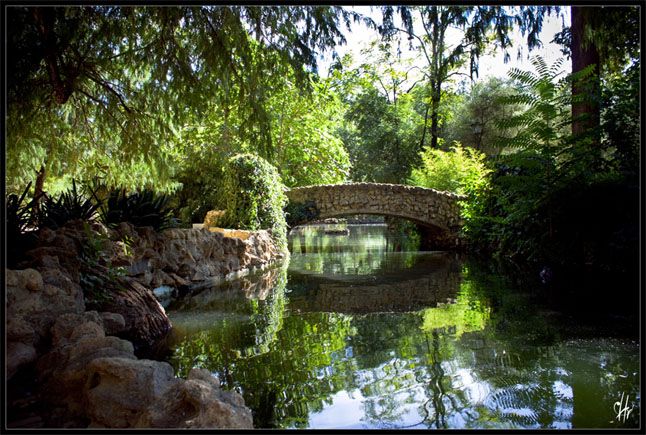
2 – Plaza America
At the far end of the park a large square filled with roses was built for the countries housed on that side of the park. Three buildings of different styles stand off Plaza America giving a synopsis of Seville’s architectural history. The Museum of Popular Arts (Neomudéjar style) to the north, the Archaeological Museum (Neo-Renaissance style) to the south, and the Royal Pavilion (Gothic style) to the east. This hidden treasure has to be one of the best things to see/do in Seville.
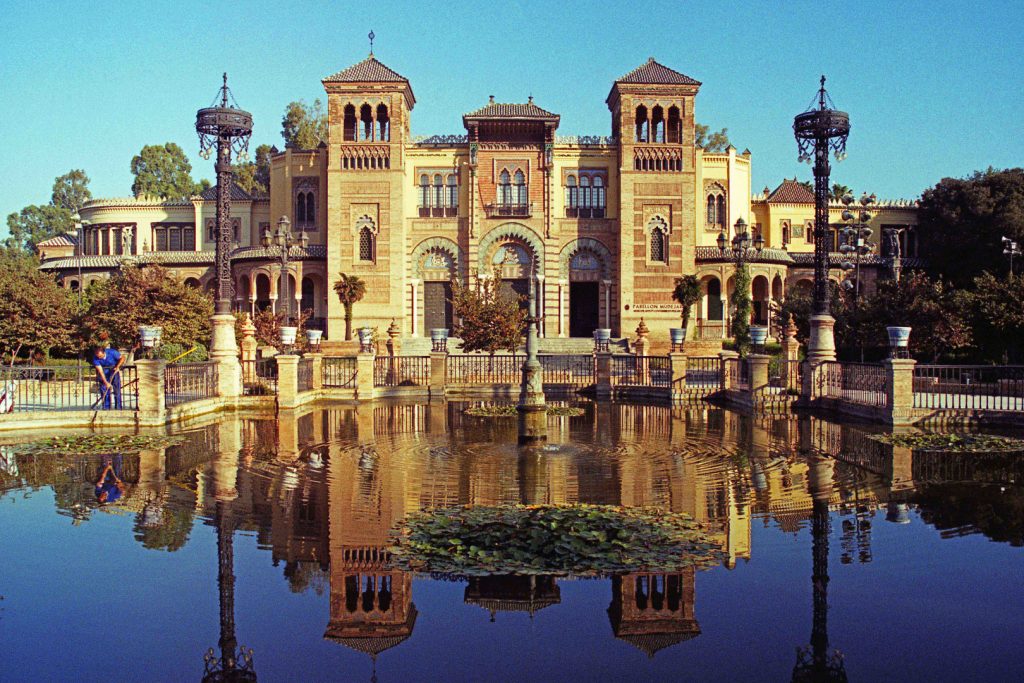
1 – Plaza de España
The Spanish pavilion for the exhibition, naturally, had to be the most ornate. As such González designed a huge crescent shaped building to house the Spanish contingent. Plaza de España. The plaza was built with seemingly endless symbolism: It points to the west and is built in a crescent shape to symbolise hugging the Americas – an attempt to say, “although we’ve had our troubles in the past, we’re all friends now.” There are four bridges, one representing each of the historic kingdoms of Spain: Aragon, Castilla, Leon, and Navarro. Behind these bridges there is a small booth with a pictorial for each of the provinces of Spain.
All this symbolism is embellished with beautiful tiles. All of these tiles come from Triana, historically one of the ceramic centres of Europe, and still today very much proud of this tradition. Not all the design went smoothly though, in González’s original plans, the towers were too tall. There is a law in Seville that no building can be taller than the Cathedral bell tower, and so they had to be shortened. Furthermore there was no fountain in the original plan, but town officials insisted on one being added so that citizens could keep cool in summer. Needles to say, this is undoubtedly one of, if not the, best things to see/do in Seville.
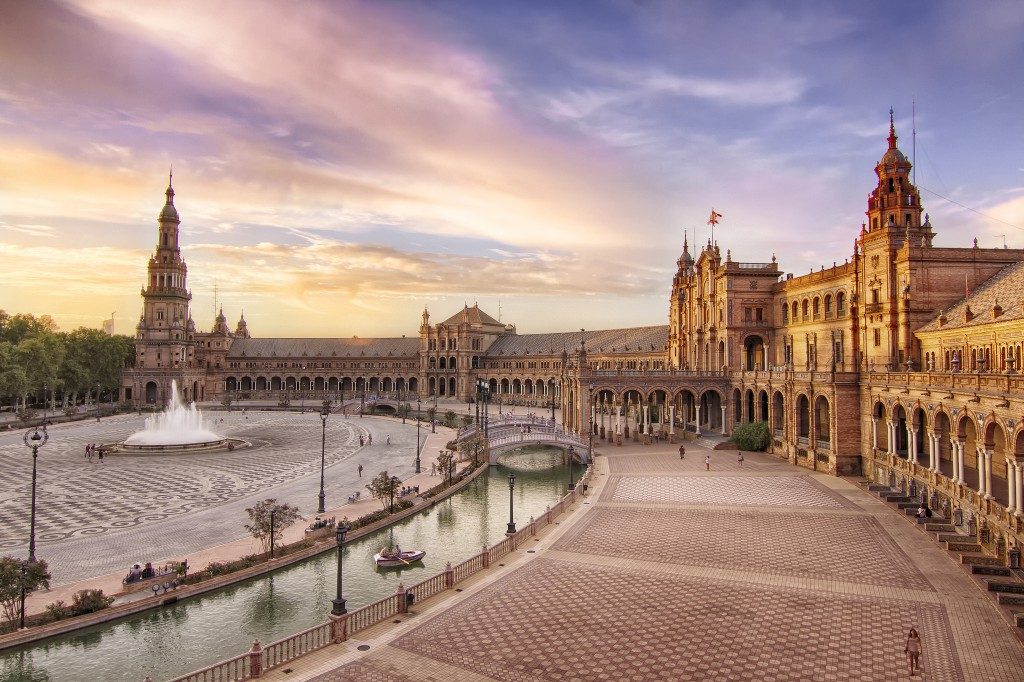
If you’d like to learn more about Seville and the great effect the 1929 Ibero-American Exhibition had on the city then why not join us on one of our walking tours?
Davey Womack is a tour guide and avid traveller. Read more from his adventures in Spain and around the world by visiting his personal blog.
